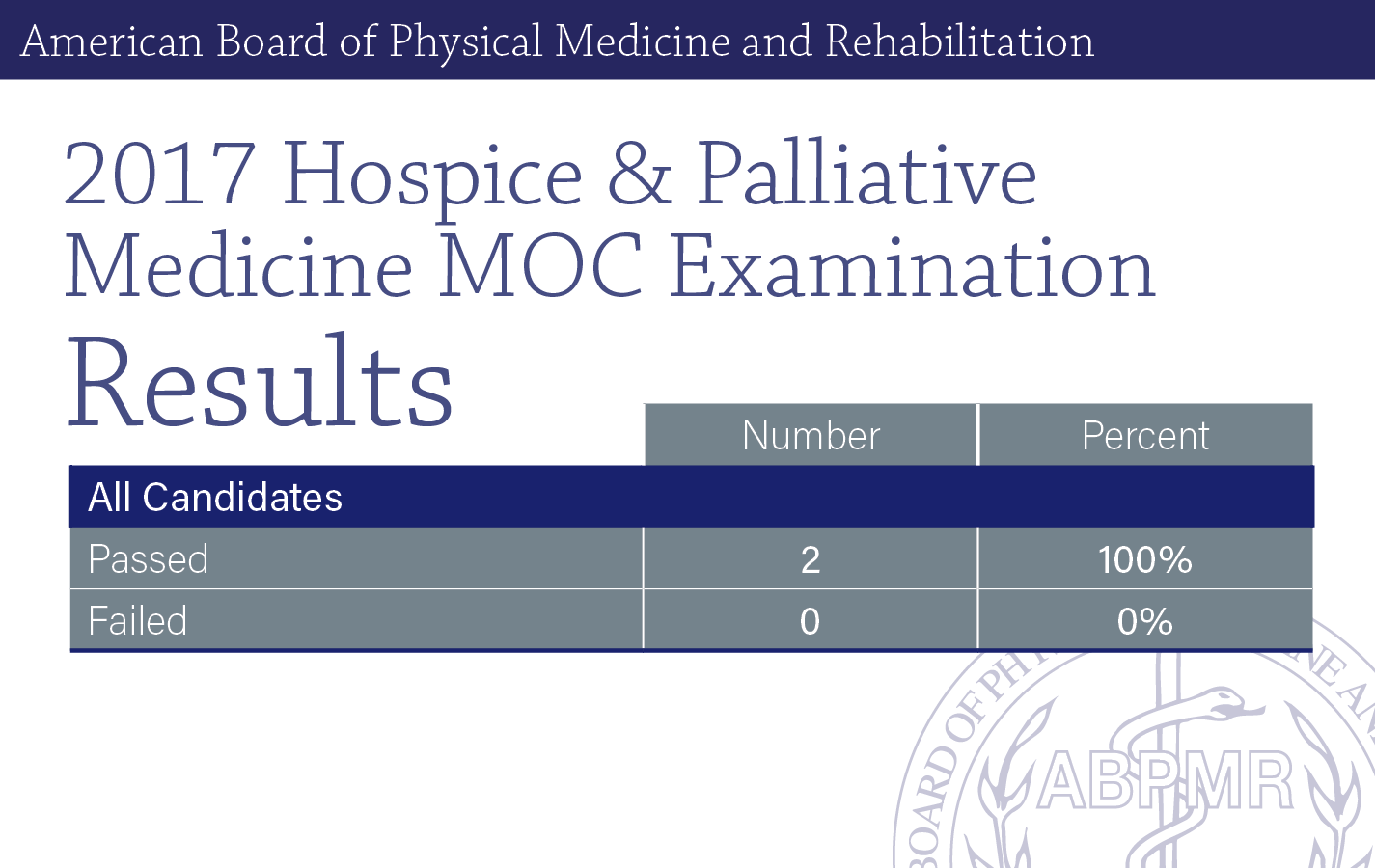Free download.
Book file PDF easily for everyone and every device.
You can download and read online Pediatric Rehabilitation: Board and Certification Practice Test file PDF Book only if you are registered here.
And also you can download or read online all Book PDF file that related with Pediatric Rehabilitation: Board and Certification Practice Test book.
Happy reading Pediatric Rehabilitation: Board and Certification Practice Test Bookeveryone.
Download file Free Book PDF Pediatric Rehabilitation: Board and Certification Practice Test at Complete PDF Library.
This Book have some digital formats such us :paperbook, ebook, kindle, epub, fb2 and another formats.
Here is The CompletePDF Book Library.
It's free to register here to get Book file PDF Pediatric Rehabilitation: Board and Certification Practice Test Pocket Guide.
Refresh your knowledge on the essentials of assessment, rehabilitation management The Board Certification Exam Prep Qbank and MOC|3 Online Review.
Table of contents
- Account Options
- You May Also Like...
- Internal Medicine Board Review Sample Questions
- Abr Practice Exam
- Reviewing for the Boards
Community Health Nursing. Complementary, Integrative, and Alternative Medicine. Critical Care and Emergency. Fast Facts Series. Geriatric and Gerontological. Maternal, Neonatal, Women's Health. MedSurg and Acute Care Nursing.
Nursing Education. Nursing General Interest. Palliative Care and End-of-Life. Pediatric Nursing.
Account Options
Professional Issues and Trends. Psychiatric Nursing. Research, Theory, and Measurement.

Undergraduate Nursing. Watson Caring Science Institute. Browse All. Social Work. Healthcare Administration. Public Health. Other Specialties. Assessment Diagnosis and Clinical Skills. Administration Management and Leadership. The 12 months of training in the R-1 year should be spent in pediatrics. Training in each discipline must incorporate graded responsibility throughout the training period. Vacation and family leave should be prorated and consistent with each Board's individual leave policy.
Eligible Resident Requirements: Residents should enter a combined training residency at the first postgraduate year level. A resident may enter a combined residency at the second postgraduate year level only if the first residency year was served in a categorical residency in an ACGME-accredited pediatric residency training program.
You May Also Like...
Transitional year training will provide no credit toward the requirements of either Board. Residents may not enter combined residency training beyond the first postgraduate year level or transfer to another combined residency without prospective approval by both Boards. Program Director: There must be a single program director with authority and accountability for the operation of the program. The program director must administer and maintain an educational environment conducive to educating the combined residents in each of the ACGME competency areas and prepare and submit all information required and requested by the ACGME.
There must be close collaboration between the core programs and the combined training program. Faculty: There should be an adequate number of faculty members who devote sufficient time to provide leadership to the residency and supervision of the residents.
Internal Medicine Board Review Sample Questions
It is recommended that at least two faculty are certified in pediatric rehabilitation medicine. Resources: The program must have access to a service delivery system dedicated to the care of persons with pediatric rehabilitative disorders. The patient population must be of sufficient size and diversity of pediatric age groups to allow residents to care for an adequate number of patients, in both inpatient and outpatient settings, in all pediatric rehabilitative diagnostic categories. Curricular Requirements: A clearly described written curriculum that includes skills and competencies specific to pediatric rehabilitation medicine must be distributed to residents and faculty at least annually, in either written or electronic form.
The written curriculum for the core training programs should also be distributed, as required by the respective program requirements. The curriculum must assure a cohesive, planned educational experience and not simply comprise a series of rotations between the two specialties.
- Thor (1998-2004) #37;
- Physical Medicine and Rehabilitation Board Review, Fourth Edition.
- Pediatrics-Physical Medicine and Rehabilitation;
- Rehabilitation Nursing Certification Board.
- Sample Exam Questions: Pediatrics Written Exam.
The program must have didactics taught by faculty members, guided reading and a journal club that provide in-depth coverage of the major topics in pediatric rehabilitation medicine, in addition to didactics and conferences in the core programs. In addition to the curriculum requirements for the core programs, the curriculum must include the following patient care and procedural skills:. Memory aids like flashcards? You may also want to review the prepared sample questions to get a sense of the question format.
It is the best source of information for exam content.
Abr Practice Exam
There are a variety of tools to choose from based on how you prefer to learn! You may want to use this program first to assess your exam readiness. Portable and easy to use, the CRRN flashcards help you test your knowledge of individual rehabilitation nursing concepts. This comprehensive, online course takes you on a deep dive into rehabilitation nursing interventions, chronic and disabling conditions seen in rehab, patient education, and more!
- Understanding Divine Calling.
- MOC|3 Online Mock Examination!
- Kinetics in Nanoscale Materials?
- History of the Federal Government, for Fifty Years : From March, 1789 to March, 1839.
- Prepare to take the next step in your career.;
- Reviewing for the Boards.
Earn 20 CH once you have completed the course, post-tests, and evaluations. Practice questions are presented in the same format as the CRRN exam. Hosted live in August , this presentation helps you prepare for the exam by building familiarity with the exam content outline and reviewing topics like exam question types, online testing techniques, exam registration procedures, and testing center guidelines. Carpenito-Moyet, L.
Reviewing for the Boards
Nursing diagnosis: Application to clinical practice 16th ed. Philadelphia: Lippincott Williams and Willkes. Hickey, J.